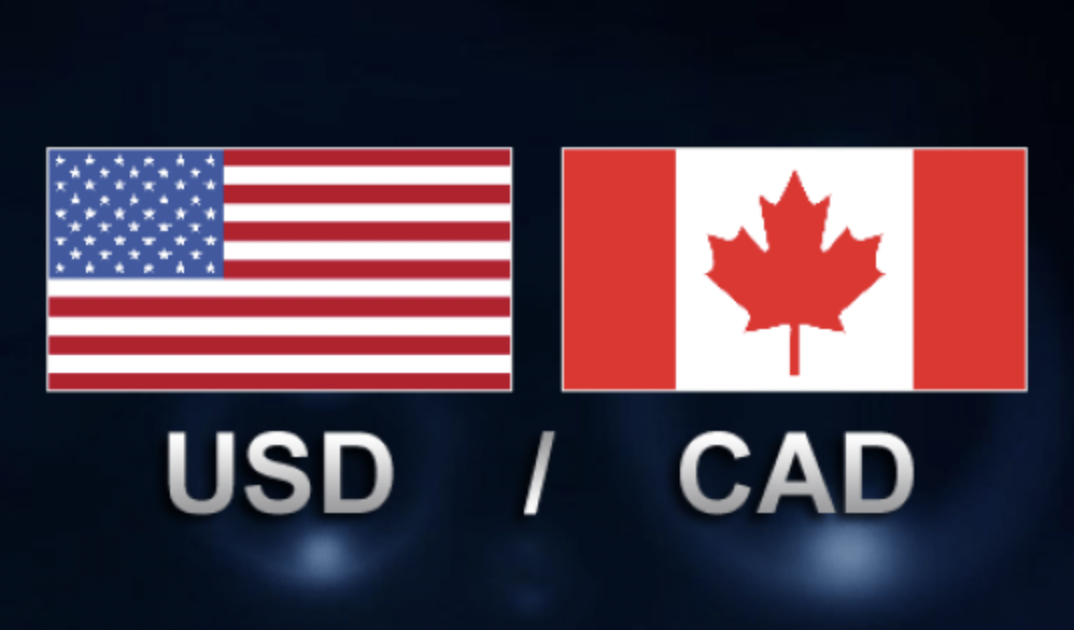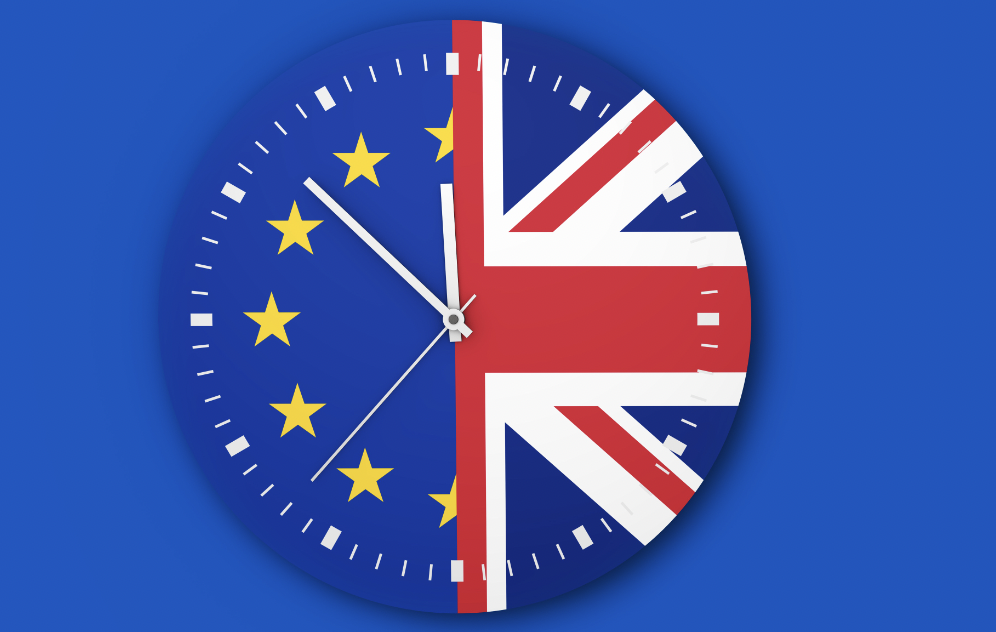
Daniel Rogers
Oct 28, 2022 15:25

During Friday's Asian session, the USD/CAD accepts bids to retest the intraday low near 1.3550, reversing the previous day's recovery from the monthly low.
Thus, the Loonie pair disregards the recent decline in Canada's key export item, WTI crude oil, as the US Dollar Index (DXY) consolidates its gains from the previous day in response to the recent decline in hawkish Fed wagers.
Despite this, the DXY dips to 110.50, following Thursday's recovery from the five-week low, as Fed hawks receive contradictory information regarding the overall strength of US data. In the third quarter, the Gross Domestic Product (GDP) of the United States climbed 2.6% on an annualized basis, exceeding estimates (Q3). Nevertheless, a fifth consecutive decline in private consumption presented a challenge to Fed hawks, as it demonstrated that policymakers are gradually approaching the target of slowing down private domestic demand. This may favor easy rate hike discussions for December at the Federal Open Market Committee (FOMC) meeting the following week.
Notable obstacles to the US dollar are the sluggish US Treasury yields and the mood of risk aversion. US 10-year Treasury rates reached a two-week low on Thursday and are heading for their first weekly loss in eleven weeks, which encouraged equities to enjoy a decent week despite the most recent decline in the statistics.
At home, the Bank of Canada's (BOC) 0.50 percent rate hike, as opposed to the 0.75 percent expected, joins the optimism of officials to keep USD/CAD bears upbeat.
The US Core PCE Price Index for September, which is expected to increase to 5.2% from 4.9% previously, will be crucial for the future direction of the USD/CAD pair. A better reading of the Fed's preferred inflation indicator might increase interest rates and hawkish Fed bets, which will benefit pair buyers.
In conjunction with the pair's prolonged trading below the 21-DMA barrier near 1.3700, bearish MACD signals encourage sellers. To imply more losses, however, a daily close below the support zone of 1.3505-3495 is required.


Oct 28, 2022 15:29